Wild Garlic / Spring / Edible
How to Identify Wild Garlic
Botanical Name
Allium Ursinum
Known Hazards
Reports of toxicity if eating sacks full, but such outcomes no doubt apply to many foods eaten to excess.
Could be confused with
The leaves could potentially be confused with both the poisonous leaves of Lilly of the Valley (Convallaria majalis) and Lords and Ladies (Arum maculatum), although neither of these smell of garlic. The biggest risk is to accidentally gather up Lords and Ladies leaves through being inattentive whilst collecting garlic leaves as these often grow together.
Range and Distribution
Wild garlic is found all over Europe, most of Asia and North America.
Habitat
It’s typically found in broad-leaved woodland, enjoying a moist verge, preferring but not solely found on acidic soil. It tends to leaf and flower before the broad-leaved trees come into leaf and gives the whole woodland an amazing smell of garlic.
Wild Garlic Foraging Video
Physical Characteristics
Wild garlic is a bulbous, perennial plant, going into leaf from as early as January. The key identification feature with this plant is that the whole thing absolutely stinks of garlic!
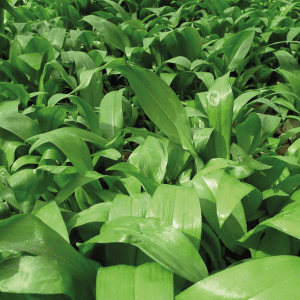
Leaves
Its leaves are spear-shaped with a pointed tip and can range from 5-15cms in length and 3-6cm wide.
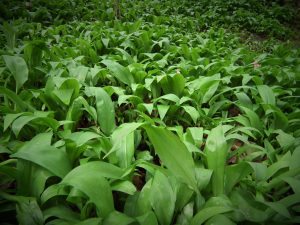
Flowers
Each plant has one single flower head that sits on top of a solitary stem, shooting up from the centre of the connecting leaves and looks like a white pompom sat on top of a pole. The white flower contains 6 petals ranging from 0.5-1cm in diameter.
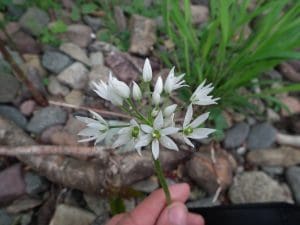
Seeds
The pompom of flowers will turn into a pom pom of seeds, each seed looks like miniature peach with a sold in the middle.
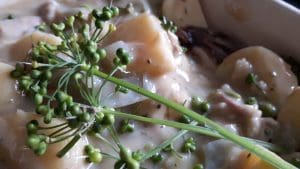
Root
The root resembles that of a small but elongated clove of garlic.
Edible Use
Roots and bulb: best harvested when the plant is not in leaf from June-January. Use the bulb as regular garlic although be aware that it is somewhat fibrous. The roots can be dried and powdered to be used as a seasoning. The bulbs also pickle well.
Stem/leaves (early Spring): salad item, cooked as a vegetable, to flavour oil, as a wrap, for pesto, leaf curd.
Flower bud (Feb/March): tempura (using stem as handle), pickled.
Flower (March/April): salads, as a garnish.
Immature seeds (May/June): salads, garnish, pickled.
Mature seeds (May/June): as a condiment or spice, for sprouting.
Bulb (July/March): as regular garlic clove
View all of out Wild Garlic Recipes right here 🙂
Medicinal
As with regular garlic, wild garlic helps to reduce blood pressure, therefore aiding heart disease and reducing the chances of a stroke. It’s also worth adding that wild garlic has antibacterial, antibiotic and antiseptic properties.
Folk and Not so Folk Law
Collect the leaves of wild garlic and stuff them under your arms pits on an evening of the full moon to ward off vampires.
The video below will show you the difference between wild garlic and lords and ladies (toxic plant) so you don’t confuse them.



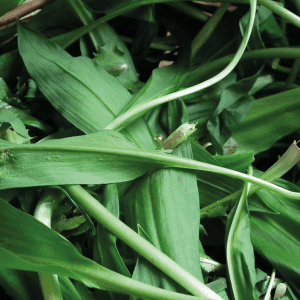
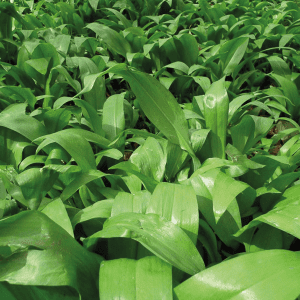
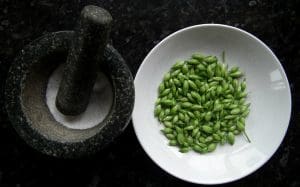

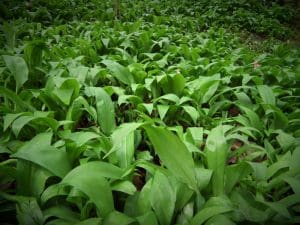



1 reply on “Wild Garlic (Allium Ursinum) Identification”